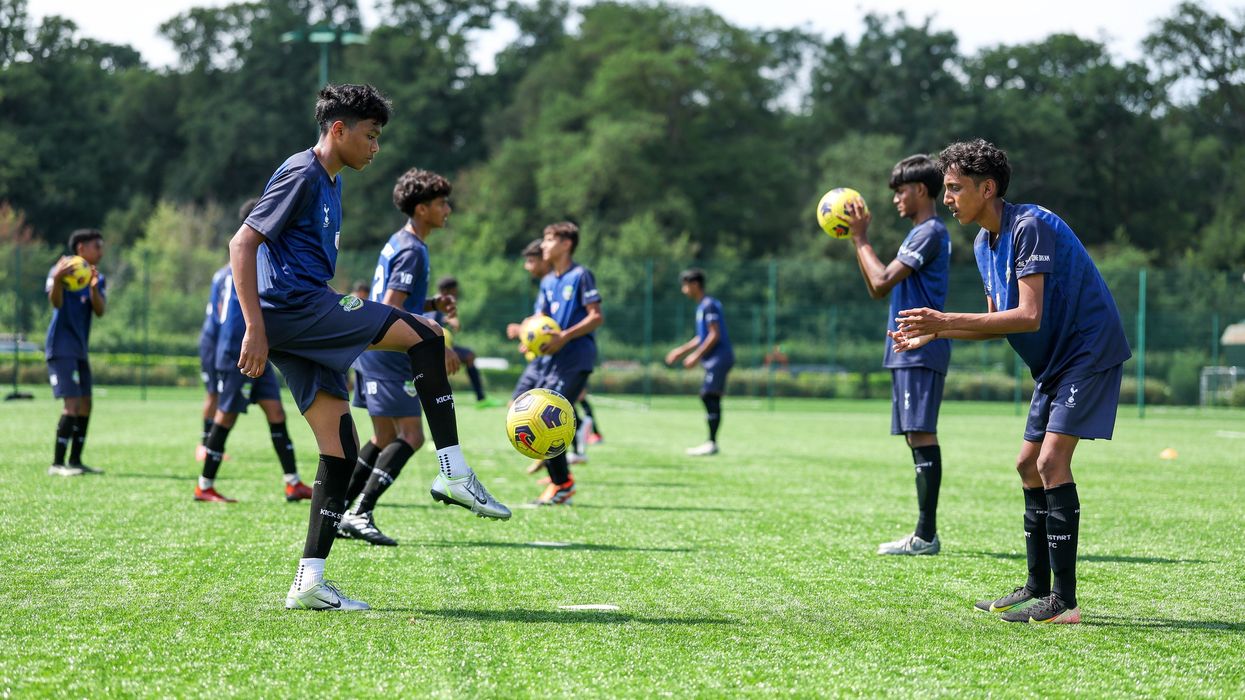Elon Musk’s X (formerly Twitter) has taken legal action against the Indian government, challenging its interpretation of the country’s Information Technology (IT) Act and accusing authorities of arbitrary censorship. The lawsuit, filed in the Karnataka High Court on March 20, 2025, reflects the ongoing tension between social media platforms and governments around the world over content regulation. The core of X's complaint revolves around the Indian government’s use of Section 79(3)(b) of the IT Act, which the company argues is being misused to bypass due legal processes and silence online expression.
This lawsuit not only highlights the conflict over free speech in India but also draws attention to the broader debate on government control versus platform accountability in the digital space.
The debate over Section 79(3)(b)
At the heart of this legal conflict is Section 79(3)(b) of India’s IT Act, a provision that obligates online platforms to remove unlawful content when directed by either the courts or government notifications. If platforms fail to comply within 36 hours, they risk losing their legal immunity under Section 79(1), which protects them from liability for user-generated content under Indian law.
While the Indian government insists that these rules are necessary for ensuring online safety and addressing illegal content, X argues that the government is overstepping its authority. The social media giant claims that the government is using Section 79(3)(b) as a tool for imposing censorship without following proper judicial procedures.
X’s primary concern is that Section 69A of the IT Act already outlines a structured process for blocking content, particularly in cases where national security, public order, or sovereignty are at risk. This process includes safeguards such as judicial oversight, which prevents arbitrary or unjustified content takedowns. However, X alleges that the government is using Section 79(3)(b) to create a parallel mechanism for content removal, bypassing the checks and balances that Section 69A was designed to provide.
Supreme Court precedents and legal protections
X’s legal case heavily references the 2015 Shreya Singhal ruling by India’s Supreme Court, which was a landmark decision on online freedom of expression. In that case, the Court ruled that content could only be blocked through legal and procedural channels, affirming the importance of judicial scrutiny when it comes to regulating speech online.
The lawsuit argues that the government’s interpretation of Section 79(3)(b) undermines the very principles established by the Supreme Court. According to X, the current approach allows authorities to demand content removal without following the proper review process, thus eroding the protections that were put in place to prevent censorship overreach. By sidestepping these safeguards, X claims, the government is infringing on the platform’s ability to provide a space for free expression, which is essential in a democratic society.
The Sahyog Portal: A tool for censorship?
Another significant aspect of X’s legal challenge is its opposition to the Indian government’s Sahyog portal. Created by the Indian Cyber Crime Coordination Centre under the Ministry of Home Affairs, this platform was designed to facilitate the submission and management of content takedown requests. The government argues that the portal streamlines the process, enabling law enforcement agencies to communicate directly with social media companies.
However, X has refused to participate fully in the Sahyog portal, citing concerns that it acts as a “censorship tool.” The platform has refused to assign a designated employee to the portal, arguing that it pressures social media companies into removing content without the necessary legal review. X contends that this system allows authorities to exert undue influence over platforms, bypassing the structured legal process required for content removal.
According to X, the Sahyog portal is yet another example of the government’s attempt to control online discourse without proper checks and balances. The lawsuit argues that this practice further undermines the protections against arbitrary censorship and creates an environment where free speech can be stifled.
The government’s perspective: Balancing regulation and safety
On the other side of the argument, the Indian government maintains that its interpretation of Section 79(3)(b) is critical for maintaining online safety and addressing illegal content. The Ministry of Information and Broadcasting (I&B) has defended its actions, arguing that the rapid removal of harmful content is essential to prevent the spread of disinformation, hate speech, and other illegal activities.
The government insists that its actions are in line with the law and that platforms like X have a responsibility to cooperate with legal authorities to ensure a safe online environment. By not complying with takedown requests, X risks allowing illegal content to remain accessible, which could have serious consequences for public order and national security, according to government officials.
The broader implications for online free speech
The outcome of this lawsuit could have far-reaching implications for both X and other social media platforms operating in India. Should X win the case, it could set a legal precedent that strengthens protections against arbitrary censorship and upholds the importance of judicial oversight in content regulation. Conversely, if the government’s interpretation of the IT Act is upheld, it may pave the way for stricter controls over online platforms and their content.
This case underscores the delicate balance between regulating harmful content and protecting free speech in the digital era. Governments worldwide are grappling with how to manage the vast amount of content on social media platforms, particularly in the face of growing concerns over disinformation and online extremism. At the same time, platforms like X are increasingly standing up to what they see as government overreach, defending their role in safeguarding the right to free expression.
As the legal proceedings unfold, this case will likely serve as a bellwether for the future of online content regulation in India and beyond. Whether the court sides with X or the Indian government, the outcome will shape the evolving relationship between governments, social media platforms, and the boundaries of free speech in the digital age.


















